Tags
"Beyond the Beautiful Forevers", Bengaluru/Bangalore, Chennai/Madras, Gujarat, India, Kolkata/Calcutta, Kutch, Mumbai/Bombay, The Experiment in International Living
In January, Ellen and I were in India, Ellen as a co-host for a conference in Bengaluru (Bangalore) on corruption and transparency and both of us for a celebration of 50 years knowing and being part of an Indian family.
For me, there have always been two Indias, and I think Ellen has captured some of both in her photos below and in a slide show of additional pictures.
One India is the country that bombards the senses (at least four of them). It is the India of Chandi Chowk in Old Delhi, whether experienced from a bicycle rickshaw or by wandering the narrow streets of the old city. It is the India of Kolkata (Calcutta), whether experienced from a human rickshaw or by wending through the train station, where it seems as some families have lived for years. It is the stunning beauty of the white marbled Taj Mahal when you enter through the Great gate (Darwaza) and suddenly see it looming before you or whether you are sitting on the lawn, simply soaking in the perfection of the magnificent architecture or seeing it by moonlight.
It is the India of what is to me the most fascinating (and oldest continuously lived in) city in the world, Varanasi (Benares) on the banks of the Ganges where you can observe and experience not just a bombardment of your senses but an assault on them. It is trying to cross a street in Jaipur (or in any Indian city for that matter) and getting lost in the pink city in northern India. It is riding in an open jeep 20 yards from a tiger loping through the forest in Ranthambhore or observing an aging lion stretching against a tree in the Gir forest. It is the modern city of Mumbai (Bombay) where, coming in from the airport, you can also get a glance at one of the India’s largest and most fascinating slums. (Yes. Fascinating. Check out Katherine Boo’s 2012 National Book Award’s Behind the Beautiful Forevers about this hidden world and some of its inhabitants.)
It is seeing a sunset from a salt desert in Gujarat, over a lake in Bhopal, or at the merger of three oceans at the tip of India. It is walking or ‘driving’ through any of the cities of India, whether in a ‘tut tut’, a taxi, or a private car, sure that you will never emerge safely. It is going by bus for two days to get to a family wedding in Dhule. (There is nothing like a wedding in India, which seemingly goes on forever and is also a bombardment of the senses.) It is spending several nights in a crowded, third class car of a train from New Delhi to Chennai (Madras). It is being hotter than you have ever been in your life. (Someone once told me India has three climates – hot, hotter, and hottest.) It is also being so cold (at a Hill Station) that you’re not sure you’re in India.
It is attending an all night sitar and tabla concert, sitting through a ‘Bollywood’ movie, or watching classical Indian dancing with its expressive hand and body gestures. It is watching dobis do laundry at the edge of a river. (Mark Twain describes it as people trying to break a rock with a shirt.)
It is experiencing some of the most complex tastes you’ll ever have, whether it is in a restaurant such as Moti Mahal in Delhi, eating seafood in Kerala, having vegetarian food in Gujarat, or having dosas and south Indian curries in Chennai. (The best, of course, is to have any of the above made at home and enjoyed with an Indian family.) No other cuisine in the world is as complex, as layered with spices, as varied as the dozens of different combinations of spices and methods of cooking as you will find throughout India. It is also where I learned to love coffee and enjoy masala chai, a wonderfully spiced, black-milked tea.
Most of these experiences are available to a traveler in India.
The second India for me is the one I first experienced in 1964 when I lived with a “joint family” in downtown Chennai. I was 21 and had come to India on The Experiment in International Living. It was the first of at least six trips I/we’ve made to India over the succeeding 50 years, each time visiting and being part of this family.
It is a family of five brothers (and five sisters), initially in business together and living jointly with their spouses and children in Chennai. (On my first trip, I could never get an accurate count of how many of the family lived on the second floor of a large, one bathroom apartment above The Johnson Aerated Water Company, despite repeatedly counting the sandals and shoes just inside the front door.)
The family came to Chennai almost a hundred years ago from Kutch, in the state of Gujarat in northwestern India, to trade and to work. Over the five decades I’ve been part of the family (sometimes I am considered the sixth brother), they have prospered and moved beyond their joint family. They now live in separate homes throughout Chennai as well as in Mumbai, in Bengaluru and in other cities in the southern part of India. Additionally, some of the family have now settled in London and a half dozen cities throughout the US. (And just as my own grandmother use to say, “We’ve come a long way from Eisiske” – a small town in Lithuania, similarly, it can be said that this family has come a long way from Kutch.)
From my first time living with the family, I felt a comfort and a familiarity. Not solely because of their welcoming me into their lives but because of the similarities to my Jewish family, where my grandmothers’ generation ‘ruled’ the roost, and the men, working together, constantly discussed business, and everyone was a part of everyone else’s ‘business’. (Ellen’s father was one of five brothers, all in business together, and she too had an instant recognition of this life.)
To be a part of this family has been a privilege and one of the more remarkable pleasures of my life. We have shared much of each other’s lives. We have traveled together throughout India, China, and the US. One of my daughters has lived with the family when she did an internship in Chennai, and we are now getting to know a fourth generation of this family.
Additionally, to know and to experience many of the changes this family has undergone over a half a century has been fascinating, changes in family wealth, in family structure, and in gender roles, changes that sometimes have been wonderful and sometimes not so wonderful. While there has been a loss of the joint family living, the importance of family, particularly the nuclear family, remains strong.
We have shared our lives, our successes, our losses, and a closeness I never expected nor dreamed possible when I first met the family in 1964. It is because of this family and being welcomed into it that both Ellen and I have repeatedly returned to India.
In Ellen’s photos below, and with her usual wonderful ‘eye’, you will get a sense of our most recent trip (including a journey to Kutch). You will see some of the two Indias I describe above. For more photos, use the link below these 18 pictures to see a montage and/or a slide show from our January trip.
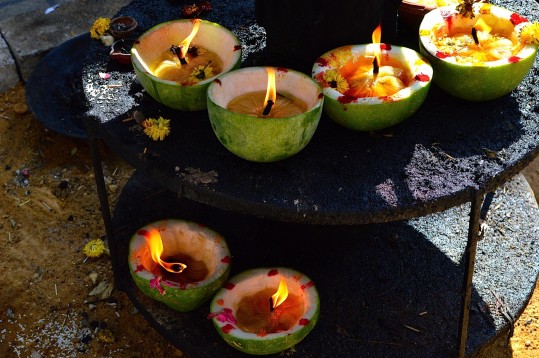
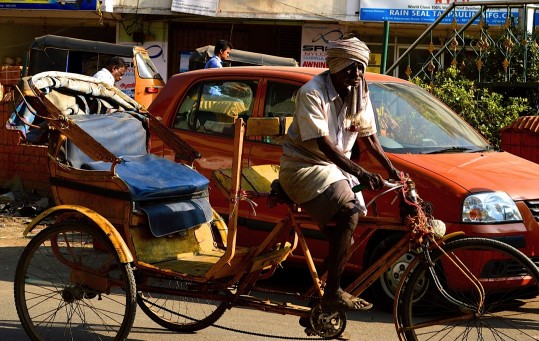

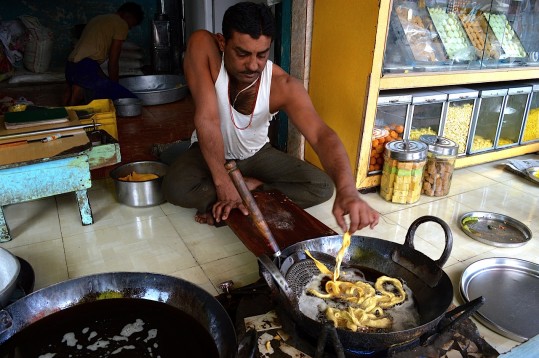
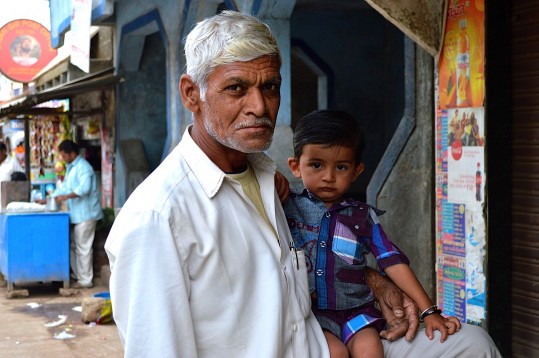
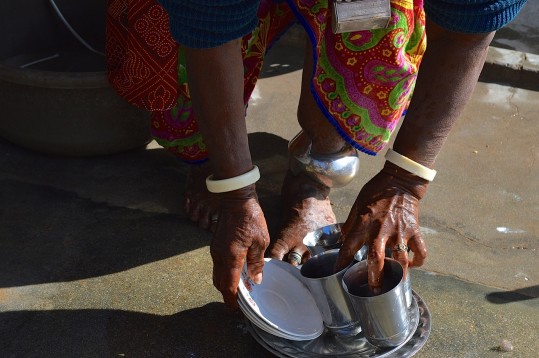
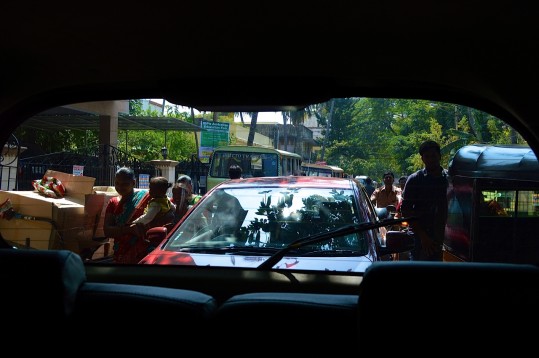
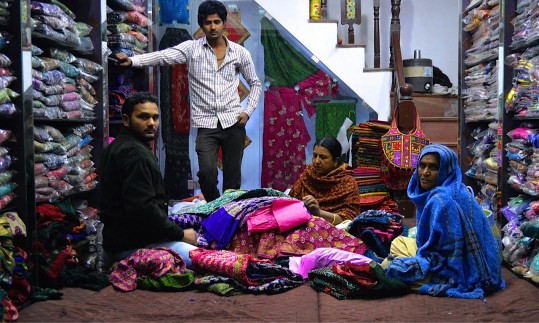
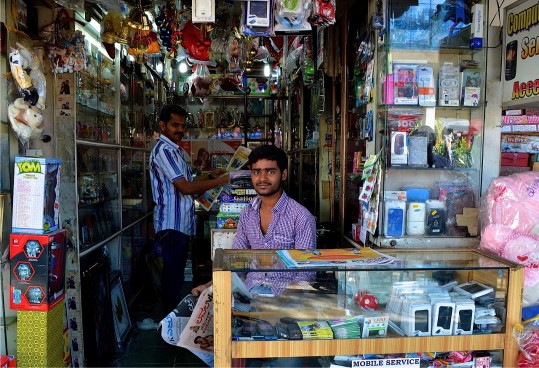
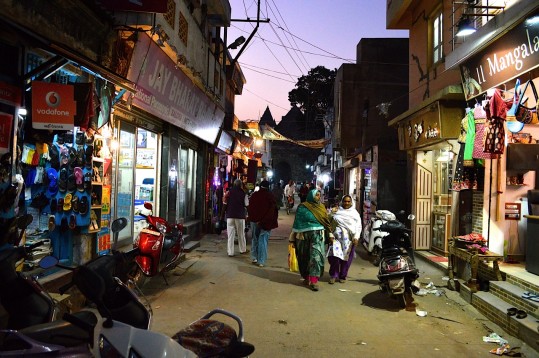
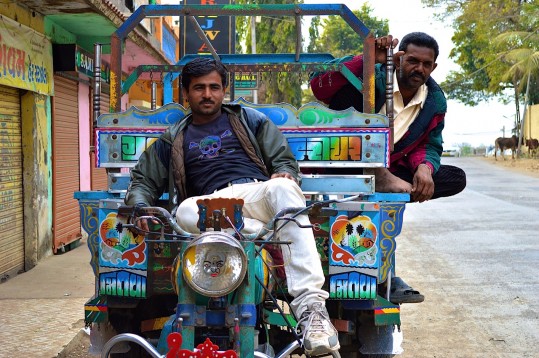
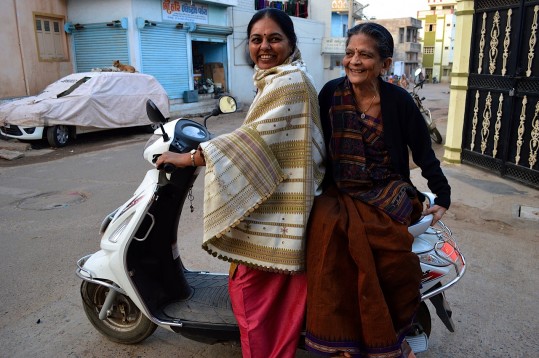
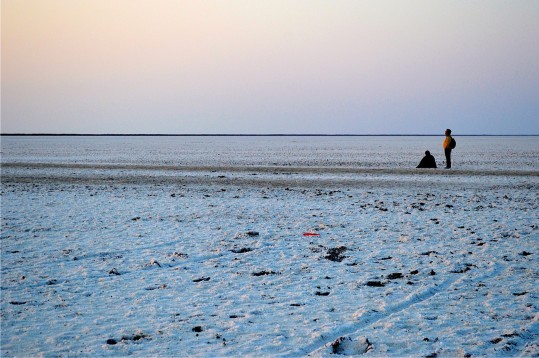
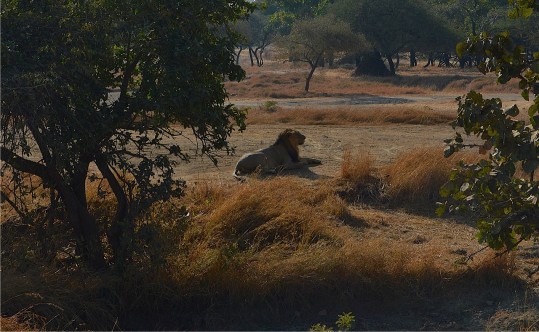
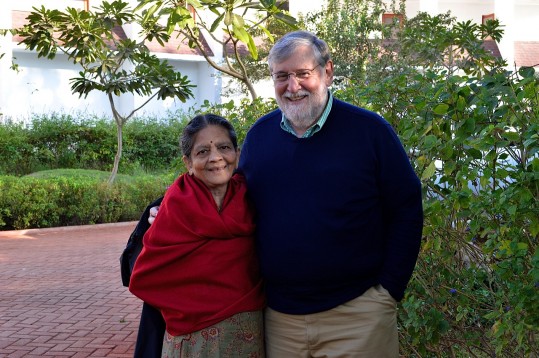
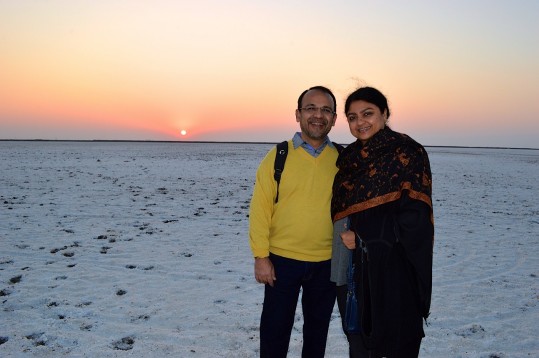
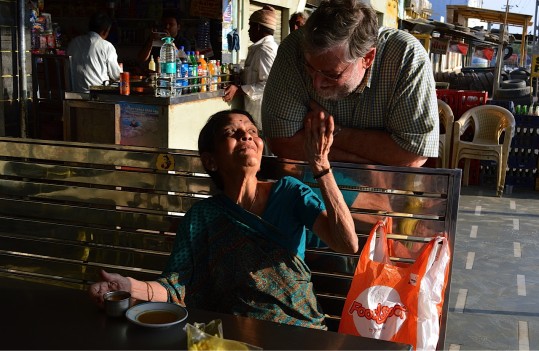
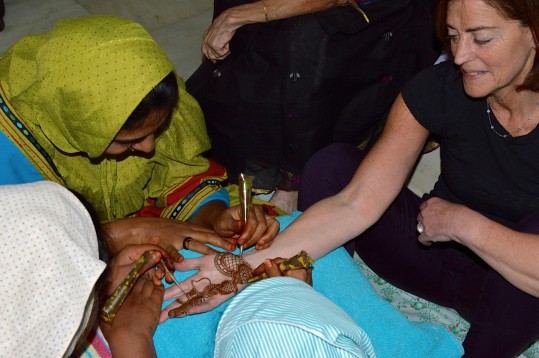
* * * * *
If you click on this link, you will get to a Flckr montage of 131 of Ellen’s pictures.
Please note: if you want to see these photos full screen in a slide show, (the best way to see them), it’s a three-step process.
1. Go to this link.
2. On the far right and at the top of the page (you may have to scroll to the right depending upon what device you are using) and click on the small box with an arrow {>} in the middle of it.
3. When the first picture appears, click on the arrow at the very top-middle of the page to begin the slide show.
If you are having trouble, let me know.


Edan said:
For a second I actually thought it would be interesting to go back ;-)
Very nice blog.
Barbara Chernov said:
Thanks for this blog this morning as it was a great way to start my day! Tell Ellen that I loved the pictures. I too, love India and go often to study. What a wonderful way to celebrate your 50th – congratulations. Give my love to everyone in your family. Barbara
Ping said:
What an enjoyable report! Ellen’s pix are great. You guys have added fire to my desire to visit India that I have long hoped to go.
Carrie said:
Wonderful descriptions and pictures
Chandresh said:
Wonderful pictures Ellen. The article is enjoyable as well gives a wonderful flavor of what India has to offer.
Ramesh Shah said:
A very good and thoughtful description of the Two Indias. A very good collection of photos of all different walks of people in India.
I am glad I know the family you have stayed while in India since 1954 as my sister is married to one of the five brothers. It is a pity that we have never met.
It is nice to know that you have retained your connection with the family.
Diana Bunday said:
This is wonderful. I love the montage of photos. Beautiful. Ellen you are an artist. Rick you wrote so beautifully of this fascinating country.
Chris Boutourline said:
Richard and Ellen, Thank you for the wonderful pictures and story.
lizFrost said:
Just got back from my trip to Sri Lanka and Chennai, Pondicherry, Mahabalipuran, Tanjore, Madurai, Cochin, Myscore, and Bangalore. Southern India was a delightful surprise when compared to central India. I certainly prefer the food in the south.